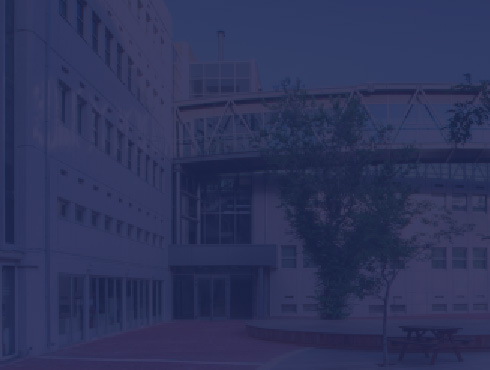The Shockley Queisser limits the efficiency of single junction solar cells and sets the maximum efficiency for Silicon solar cells at about 30%. The limit is imposed because of two constraints. First, the energy a solar cell generates from each conversion event is controlled by its bandgap, irrespective of the incoming photon energy. Thus, energetic photons lose most of their energy to heat in the solar cell. Second, a solar cell cannot harness photons at wavelengths longer than its bandgap. Therefore, splitting of energetic photons, and fusion of two NIR photons below the bandgap of PV to generate one higher energy photon that can be absorbed by the PV will push the potential efficiency above the Shockley Queisser limit.
Nonlinear optics (NLO) offers efficient frequency conversion. Yet, currently it cannot contribute to PVs due to operation limits at high intensity and coherence, much above the solar radiation. Solar powered laser allow to increase intensity and coherence by orders of magnitude, thus it is the missing link between PVs and NLO. But thus far the power threshold for solar laser is above 2000 suns, making it inapplicable for PVs.
The research in Dr. Rotschild’s group is engaged with building solar powered laser at low solar concentration (below 2 suns), which will open the field of NLO for PVs. In the concept, nano-technology is used to cascade energy transfer between different molecules, which allows to reduce the laser dimensions by three orders of magnitude while maintaining excellent optical properties, crucial for lasing.
The main part of this concept is based on Carmel’s recent experimental demonstration¹ , which enable to reduce current power threshold of incoherently pumped micro-laser by three order of magnitude. In addition to PVs, this research opens the way to develop new high power lasers, and many on-chip applications in spectroscopy, sensing, and communication.
Other research topics, which are studied in the group include incoherent photon splitting, incoherent photon fusion, and modifying thermal radiation to match solar cells. All these topics are target to increase conversion efficiency of solar energy to electricity.
————————————
¹C. Rotschild, M. Tomes, H. Mendoza, T. L. Andrew, T. M. Swager, T. Carmon, and M.A. Baldo, Cascaded energy transfer for efficient broad-band pumping of high-quality, micro-lasers, Advanced Materials, 23: n/a. doi: 10.1002/adma.201100467.


